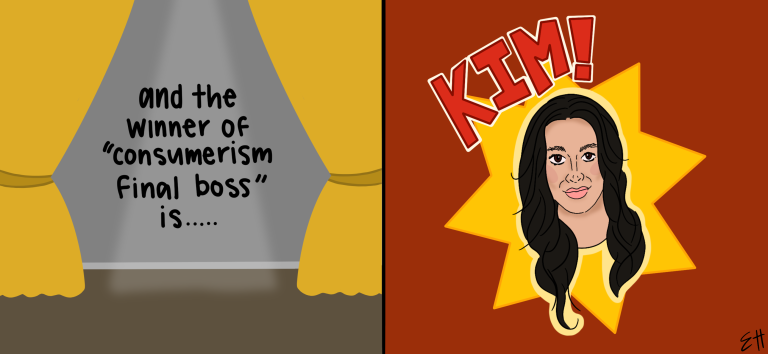The Art and Design Annual Student Exhibition opened March 24 and will remain open until April 25. This exhibit shows visitors what art majors have been working on throughout their years at the University of Indianapolis.
Chair and Associate Professor of Art and Design Jim Viewegh is in charge of the program and helps the students submit their works. There are eight categories under which the artwork may be submitted. The categories are drawing, painting, sculpture, mixed media, printmaking, visual communication design, ceramics and photography. All the artwork must be original, completed during the student’s college experience and not showcased in a previous art show. A student may submit up to five pieces, which is called a series.

Work was collected March 6 through March 17, and judging began on March 17 at noon. According to Viewegh, this year’s juror was ceramist Macy Dorf from the University of Colorado. The juror decides which art works go into the gallery. Viewegh said only about 50 percent of the submitted artwork goes into the exhibition.
Senior studio art major Jessica Stucky’s painting “Fantasy” was chosen this year, not only to go into the gallery, but also as Best in Show. Four of her pieces went into the show, and this was the first time one of her pieces has won Best in Show.
The Best in Show winner receives $100. Best of each category winners receive $50. Up to eight people can win this prize. Five people can win $25 for honorable mention. Viewegh said there are many benefits for students who participate, such as seeing what the professional submission process is like, as well as having their work reviewed.
“Their friends, their families, their peers all get to see it [their work],” Viewegh said. “Plus, they can put on their resume that they were a part of the student exhibition. All of us faculty, we were once students, too. And that’s where our exhibition records started, with the student exhibition.”
Stucky encourages students to submit their work, because she believes that even if their work is not selected, there are great lessons to be learned by going through the process.
“It doesn’t hurt to try. Every year, there is no way to know if your work will be accepted or not,” she said. “… You never know the outcome, so what does it hurt? And no matter the outcome, you’ll walk away having gained practical experience that will help you with your future in art.”






